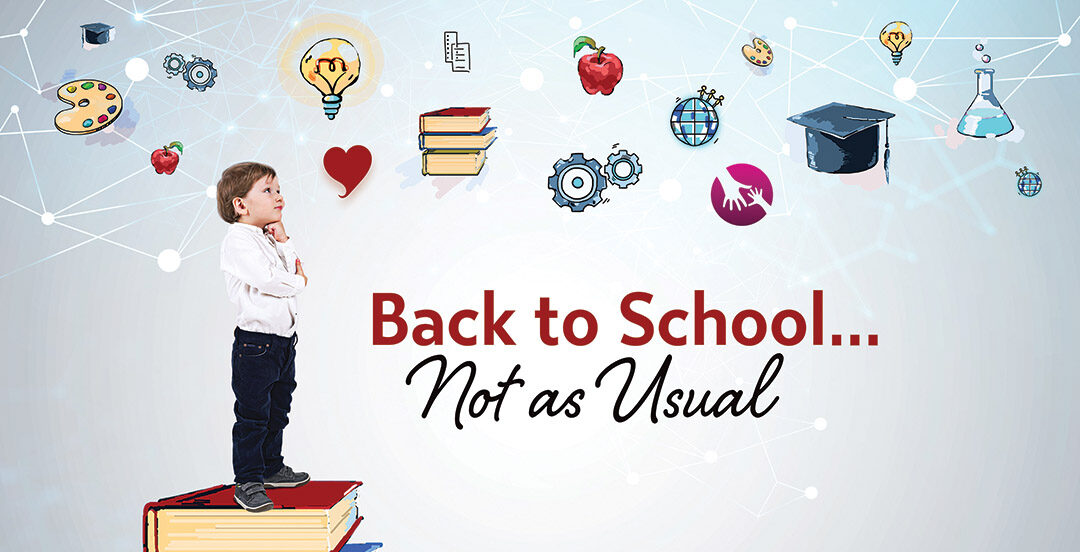
5 Toxic Personalities That You Should Avoid
Toxic people are hard to steer clear of. Sometimes they are hard to spot because of how subtle and calculated their form of manipulation is. They make you feel drained, insecure, and anxious, amongst so many other negative emotions, and then they benefit from those emotions to either feel better about themselves or to make sure that you have something to blame yourself for. Whether they seek to make your life miserable on purpose or whether they are not even aware of the impact they can have on others, they still deserve to be called out on their behavior. In return, you deserve to have people in your life that you enjoy being around. So here are five types of toxic personalities that you should be on the lookout for and try your best to avoid:
Negative personalities
It goes without saying that people with a negative mindset are bound to bring only negativity into your life. But a more specific definition of a negative personality refers to the kind of person who adopts a pessimistic view on life and who finds a flaw in almost, if not every, aspect of your relationship with them. They could be a family member who always lets you know the ways in which you could apply yourself better instead of congratulating you on your accomplishments, or a romantic partner who seems to regularly find a reason to start a fight with you. Whichever category this type falls in, they are not the kind of people you want in your life. Negative feedback can work in certain situations, but people are generally found to be performing best when they are given positive reinforcement or when they are being praised instead of scolded. If you are dealing or have dealt at any point with someone who had a negative personality, it is important to remember that they are also making themselves miserable by demanding perfection, because they live in constant disappointment. What you can do to escape their negativity is to surround yourself with people who do see your flaws, but who care about your qualities more.
Positive personalities
On the other side of the spectrum is a positive personality, and perhaps this type is not as obviously toxic as the previous one. It does not sound unfortunate, because everyone needs a person that nudges them towards seeing the good side of things. But sometimes too much positivity can be just as damaging as too much negativity. The problem with believing in the power of positive thinking is that it is just not realistic. We are only human, so our failures or bad experiences do not define us, but they should be acknowledged nonetheless for the sake of personal growth. Someone who encourages you to always look on the bright side or reminds you that other people have it worse is just invalidating your difficulties and trying to take away the guilt or sadness that you are allowed to feel. It is not healthy to see the world in black and white, in negativity or positivity. What could work instead is trying to remind yourself that balance is what everyone should try to strive for.
Victim complex personalities
A person with a victim mentality is someone who refuses to take full responsibility for their actions, and perpetually finds someone else to blame for their own issues or mistakes. The dangers of having someone like this in your life stem from the way in which they are able to make you feel sorry for them. Perhaps they blame their behavior on childhood issues. Perhaps they blame their mishaps on you because they feel you caused them to act a certain way. Regardless, a person who is always quick to point fingers at others instead of owning up to their mistakes is also someone who self-sabotages their own life, and will therefore sabotage their relationship with you as well at one point or another.
Arrogant personalities
There is a big difference between someone who is confident and someone who is arrogant. A confident individual feels good in their own skin, while the arrogant type gives themselves more importance than it is due. They tend to act superior towards others and to talk down to them, and the biggest problem is that they can come across as intimidating. They seem to be in a constant, sometimes imaginary competition with someone else, and they have a strong desire to dominate others in conversations. You might feel insecure around them or you might even dread having a chat with them because of the way in which they seem to make themselves the center of attention while making you an afterthought.
Gaslighting personalities
The term “gaslighting” represents a form of manipulation in which an individual makes another question their own memory or feelings by downplaying certain situations and planting seeds of doubt in their mind. This is the most dangerous type of toxicity, especially because of the insidious way in which it presents itself. Most people who have been gaslighted in relationships have not realized it until later on. The person doing the gaslighting will often tell you that you are too sensitive, or that you take things to heart when you shouldn’t, or even that you don’t remember things correctly and that they never actually wanted to hurt you. But the truth is, no one should get to decide when you have the right to feel upset. People on the receiving end of gaslighting tend to be quick to question themselves, when instead they should recognize that once somebody wrongs you, it is their responsibility to earn your forgiveness and trust, not yours to hand it to them for free. Whether it is intentional or not, this form of manipulation should not be overlooked once it is spotted.
While dealing with someone who has a toxic personality, people don’t realize when something that should be easy becomes hard. Indeed, relationships are difficult to maintain, even healthy ones, but at the end of the day, the good that they bring into your life should outweigh the bad. If you find yourself in a position where being around a loved one brings out feelings of guilt, insecurity, or exhaustion, then it is time to question their presence in your life and to start focusing on your own self-worth.


